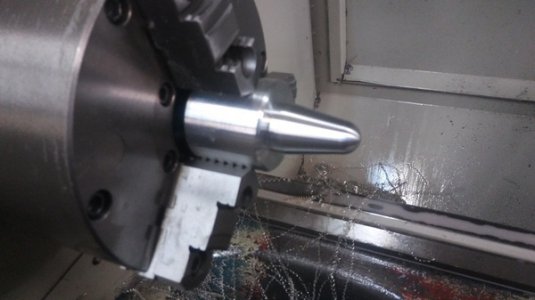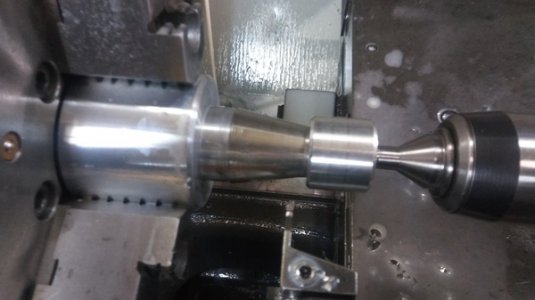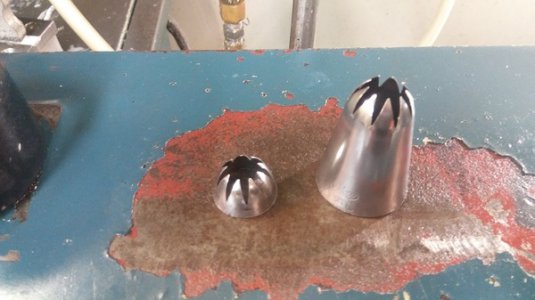Nice! I repeat what the others have said - practice, practice, practice. I took a machine shop evening adult-ed class at the local tech high school many years ago. After a lull of about 30 years, I was recently given a c.1966 Atlas 12" lathe with all the trimmings and am reacquainting myself with machining. Yes, there are many tremendously helpful videos out there - they're a godsend - but there's no substitute for an in-person expert mentor. Sadly, the tech school closed its machine shop some time ago. (Don't get me started on that ...) Luckily, we have a machine shop my department at the university where I work and it's staffed by a superb machinist/teacher whom I can always count on for advice. Check with your local tech school - if there is one - and even if they don't have a shop, they might have some suggestions about how you can connect with someone in the area who can guide you.






